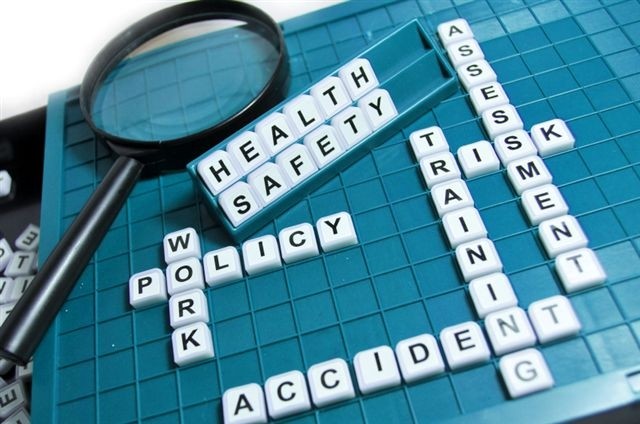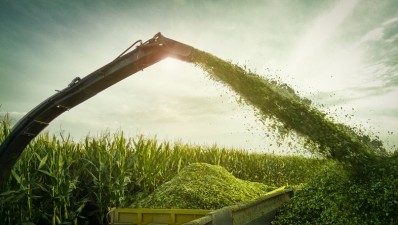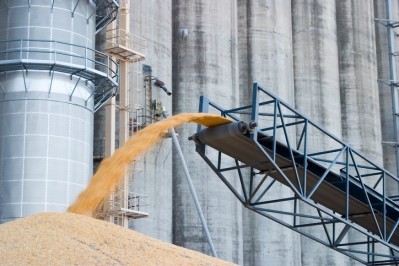US: Feed grain smolder, fire safety class on offer

The newly designed grain bin fire and smolders course is among a series of technical, safety and management-themed classes that the Grain Elevator and Processing Society (GEAPS) is including in its distance education classes.
The different courses provided can provide training to incoming members of the feed and grain industry or to expand the training for longer-term members, said Jay Bergland, professional development programs leader with GEAPS. The association’s goal is to connect industry experts and their knowledge with members.
“I’m not an expert, I coordinate the experts to bring these courses together and that is what makes this unique and dynamic – we’re the knowledge resource,” he told FeedNavigator. “We are the stewards of the information [and, we] cultivate and keep it up to date and make it accessible.”
The education program has been providing safety training, continuing education and best practices classes for some time to support industry members who may not live near a training facility or educational intuition, he said. “Typically a grain elevator won’t be in a metro area – it will be rural and training can be a little more limited,” he added.
Class program and offerings
The organization provides a rotating list of coursework, said Bergland. There are no set prerequisite classes that have to be completed, though some are suggested as a place to start for newer members of the industry.
“A credential track is set up so you get specific education and perspectives and areas making you an expert in the processing site, and in the risk insurance area we have some that are tailored in more of that management for people looking to specialize or pull out a skill set,” he said. Other courses look to address safety standards and industry culture or maintenance practices and teach new employees best practices.
“We have a lot of individuals who are interested in pursuing a credential and are looking at higher levels of being a professional within an industry, and it’s more of an individual effort,” he said. “We also have a more group effort from companies that are participating in the volume block discount program.”
The group program could allow several employees to receive the same feed and grain handling training together, he said. “A lot of companies are looking the baby boomer population retiring and new hires being more plentiful,” he added.
“They are hiring people from other industries – labor, or construction or mechanics,” said Bergland. “So they have desirable skillsets, but they need to be brought up to board on safety.”
Additionally, though several different courses are offered in each rotation students can take one class offering or multiple depending on the situation, he said.
Among the changes that the association has worked to address is an increased focus on safety practices, he said. “That has come more into focus – safety isn’t just a good concept there can be a dollar figure attached to this – it’s much better to be preventative,” he added.
Focus on fire safety
Part of that focus on safety and preparation led to the organization’s newest class, which is set to start later in March, said Bergland. The course took about two years to create and some of the development was done by two of the instructors, Bob Horvat and Mark Herrick.
“Grain silo fires, they happen with some regularity over the season but they’re not very common,” he said. “They’re not a good thing, but because they’re not that common, it’s not something that each facility gets to practice.”
Fire incidents may be most likely when elevators are at their busiest, he said. Around harvest or just after there can be equipment moving and the potential for a heat source to appear.
GEAPS has started a fire safety class with a focus on what to plan for before something goes wrong, and the conversations that a grain or feed facility should have with area fire services prior to an emergency, said Bergland. “What to think about beforehand and what to be aware of when it comes to emergency crews on site can be terribly valuable,” he added.
The course includes elements like monitoring hot spots in grain bins, he said. “It’s one thing if you have grain that is a little wet, versus being able to see a hot spot that is a concern or higher gases which would be the sign of a smolder,” he added.
It also goes through options that could be available depending on the situation, he said. “One aspect is having a relationship with the fire department – fire departments are trained to put out fires in a traditional building, but if they show up and treat it like that and cut a hole and put in the water that likely won’t put out the fire,” he added.












